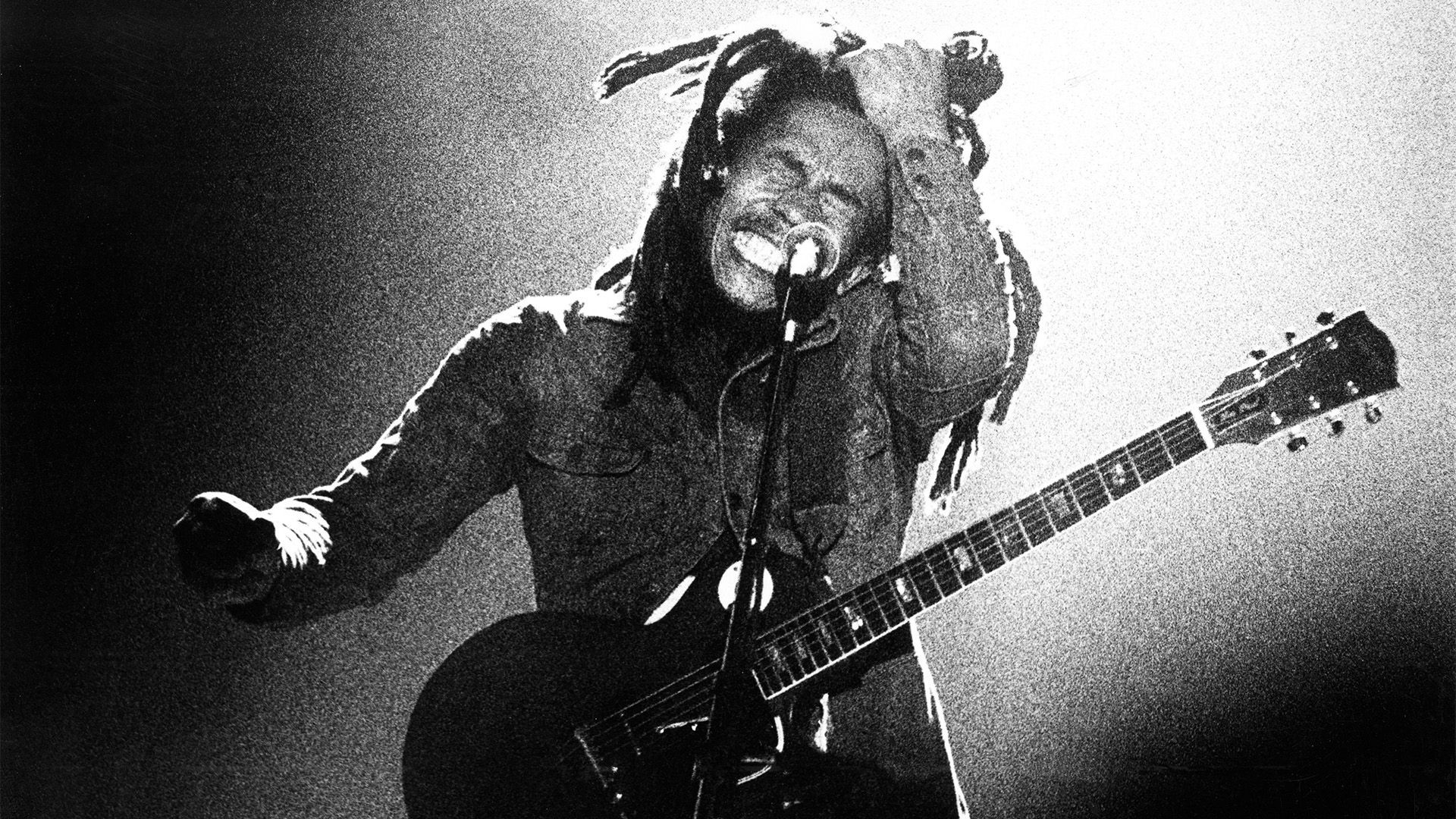Rastafari, often shortened to Rasta, is a multifaceted religious and political movement that originated in Jamaica during the 1930s. It has since spread globally, attracting followers from diverse backgrounds. Rastafari uniquely blends Protestant Christianity, mysticism, and a Pan-African political consciousness.
Rastafarians, known as Rastas, possess a distinctive perspective on the past, present, and future, deeply rooted in interpretations of the Old and New Testaments.
The “Exiles in Babylon” and the Promise of Zion
Drawing heavily from the Old Testament narratives, particularly the Israelites’ enslavement (Exodus) and their exile from Palestine during the Babylonian Captivity, Rastas perceive people of African descent in the Americas and globally as “exiles in Babylon.” This concept represents a state of spiritual and societal oppression. They believe that Jah (God) tests them through slavery, economic disparities, and racial injustices, which they term “downpression.”
The New Testament, particularly the Book of Revelation, provides Rastas with hope for deliverance from captivity and a return to Zion. Zion, in this context, refers to Ethiopia, symbolically representing the heavenly site of repatriation and redemption, mirroring the biblical Zion.
Haile Selassie I: Messiah and the Second Coming?
 Emperor Haile Selassie I of Ethiopia, a central figure in Rastafarian beliefs, representing the messiah and Second Coming for many Rastas.
Emperor Haile Selassie I of Ethiopia, a central figure in Rastafarian beliefs, representing the messiah and Second Coming for many Rastas.
Ethiopia, with its long history as an independent African nation and site of a powerful dynasty, holds a special place in Rastafarian belief as the ultimate home for all Africans and the dwelling place of Jah. Repatriation to Africa, particularly Ethiopia, is a significant goal for many within the movement.
A central tenet for many, though not all, Rastas is the belief that Emperor Haile Selassie I of Ethiopia, crowned in 1930, is the messiah and the Second Coming of Christ, who returned to liberate Black people worldwide. The movement’s name itself derives from Haile Selassie’s pre-coronation name, Ras Tafari.
I-and-I: Connecting with Jah and Understanding Scripture
Jamaican Rastas trace their lineage to enslaved Africans who were converted to Christianity by missionaries. However, Rastas view the King James Version of the Bible, the version used by missionaries, as a corrupted text, manipulated by English slave owners to control enslaved people.
Rastas seek to uncover the true meaning of biblical scriptures through “I-and-I,” a mystical consciousness of oneness with Jah. “I-and-I” emphasizes the interconnectedness of all people and their relationship with the divine. Rastas selectively interpret the Bible, emphasizing passages that align with their beliefs and practices. Passages from Leviticus are often cited, which discourage cutting hair or beards, restrict certain foods, and prescribe specific prayer and meditation rituals. The emphasis on specific Old Testament passages also leads to criticisms of patriarchal values within the movement.
“Iyaric,” also known as “Dread-talk,” is a unique linguistic style employed by many Rastas, characterized by substituting the sound “I” for certain syllables. This linguistic practice underscores the importance of the self and the connection to Jah.
Livity: The Rastafarian Way of Life
Rastafari “livity” encompasses a balanced and holistic lifestyle. Key aspects of livity include:
- Dreadlocks: Long, rope-like strands of uncombed hair, symbolize a natural state and a rejection of Babylonian values.
- Colors: The colors red, green, gold, and black are prominent. Red represents the life force of blood, green symbolizes herbs and the land, gold represents royalty and wealth, and black represents Africa and its people.
- I-tal Diet: A natural, vegetarian diet, promotes health and spiritual purity.
Religious practices include prayer services, the smoking of ganja (marijuana) to enhance “itation” (meditation) with Jah, and “bingis” (all-night drumming ceremonies).
Reggae Music: The Voice of Rastafari
Reggae music originated within the Rastafari movement and gained worldwide popularity through artists like Bob Marley. Reggae music serves as a powerful medium for expressing Rastafarian beliefs, promoting social justice, and spreading the message of love and unity.
In conclusion, Rastafari is a complex and evolving movement with a rich history, unique beliefs, and distinctive cultural practices. It offers its followers a path to spiritual understanding, social justice, and a connection to their African heritage.
